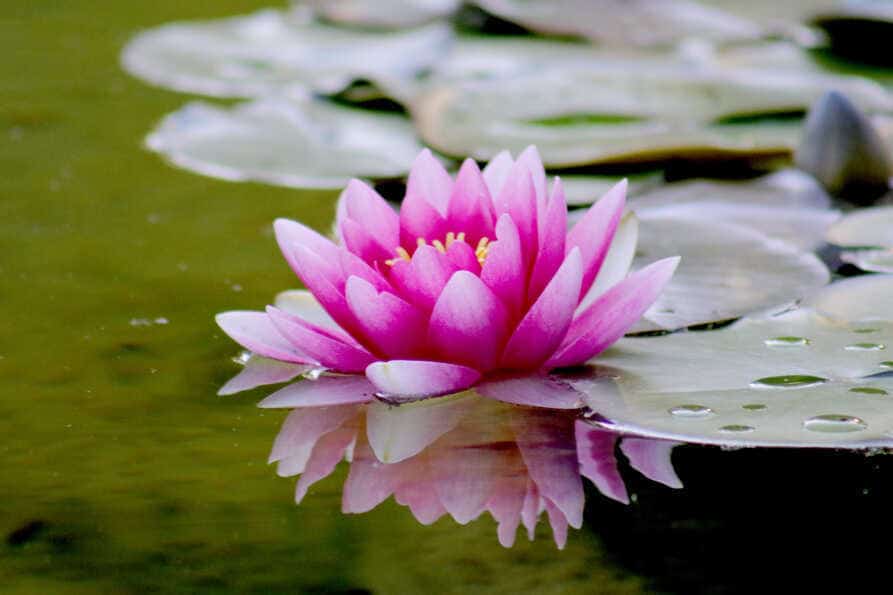
Pond Plants
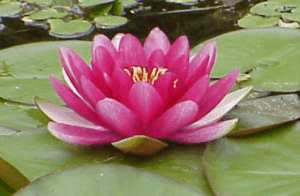 Pond plants, the vegetation found in and around a pond or water garden can be broken down into four categories. Bog, marginal, submerged and floating
Pond plants, the vegetation found in and around a pond or water garden can be broken down into four categories. Bog, marginal, submerged and floating
The Biological Filter – Controlling Algae – The Natural Way
This type of filter works by creating an environment where beneficial bacteria can thrive. These beneficial bacteria in turn devour any excess nutrients available. This starves any algae or prevents it from growing in the first place.
To build this type of filter it you will need to create a man-made bog to house the plants that will act as your filter. Use a pond liner and create a reservoir where the pump return line enters the pond. This is typically located above the pond to create a waterfall. Your bog filter will take the place of your waterfall apparatus that comes with most pond kits. Nothing is more efficient than mother nature, that’s why a bog filter is such a great way to keep your pond clear.

The above diagram can be found at http://nelsonwatergardens.com/event/gravel-bog-filtration/
The reservoir only needs to be 8 – 12 inches deep. This is where the bog plants will be housed. Their root system turns waste into plant food, detoxifying the water. It also uses up much of the excess nutrients to cut down on algae growth.
Patience Pays Off
It may take a season for your plants to get established, but once they do the benefit outweighs the cost. With much less maintenance, and a crystal clear pond. The maintenance will consist of trimming the plants back a couple times per year. Another benefit they create is the beautiful backdrop they provide for your pond.
Before selecting any plants for your water garden its important to know what region you live in so your new plants have a better chance of survival. Below is a region map of the United States. Don’t get too caught up in the numbers. If a plant is zone 4 and you live in zone 3, just be sure to plant it in a place where it would be a little more protected from the elements. Here is a map of the United States. To get maps of other areas, click on the picture below.
Bog Garden Plants
Bog plants are plants that thrive in wet soil or shallow water. They can be used to soften the border between land and water. These will be the plants to include in your bog filter. Below is my bog plants list.
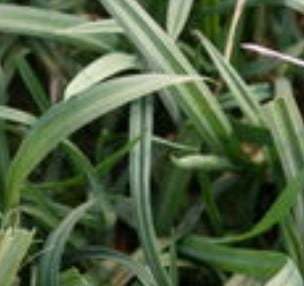 Blue wood sedge (Carex flaccosperma) – Zones 5- 8, from New Jersey to northern Florida. Great for bordering ponds.
Blue wood sedge (Carex flaccosperma) – Zones 5- 8, from New Jersey to northern Florida. Great for bordering ponds.
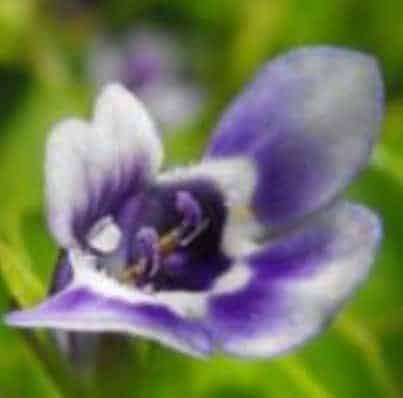 Blue Moneywort (Lindernia grandiflora) – Zones 7a – 10b, Blooms are under 1” and the plant height is 2 – 3 inches.
Blue Moneywort (Lindernia grandiflora) – Zones 7a – 10b, Blooms are under 1” and the plant height is 2 – 3 inches.
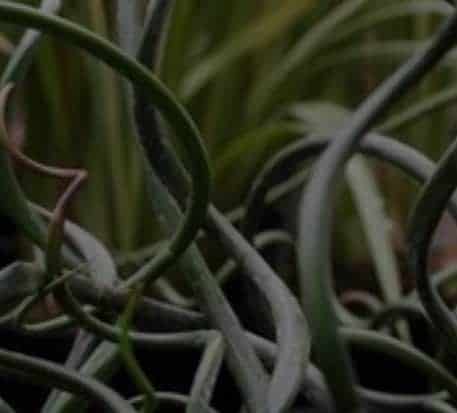 Blue Rush (Juncus effuses) – Zones 4a – 9b, plant height 12” – 18”
Blue Rush (Juncus effuses) – Zones 4a – 9b, plant height 12” – 18”
 Bog Lilly (Andromeda polifolia)- Zones 2a – 6b a flowering shrub that grows 16” – 30”
Bog Lilly (Andromeda polifolia)- Zones 2a – 6b a flowering shrub that grows 16” – 30”
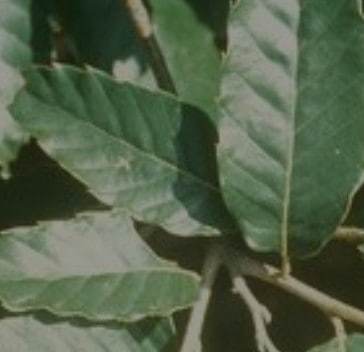 Chinese Water Chestnut (Castanea mollissima) – Zones 4a – 8b
Chinese Water Chestnut (Castanea mollissima) – Zones 4a – 8b
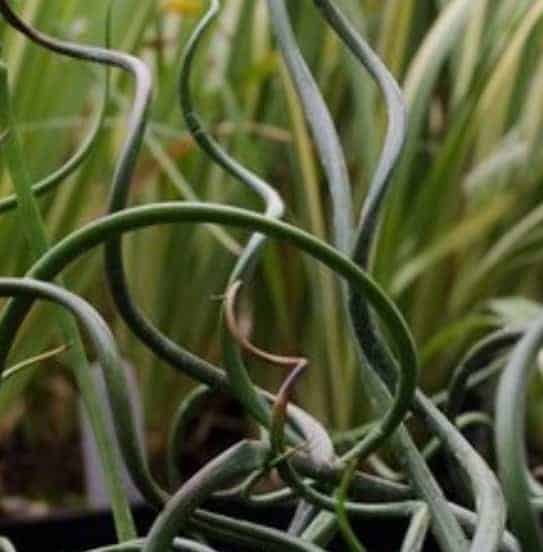 Corkscrew Rush (Juncus effuses) – Zones 4a – 9b a low growing aquatic perennial reaching 8” tall.
Corkscrew Rush (Juncus effuses) – Zones 4a – 9b a low growing aquatic perennial reaching 8” tall.
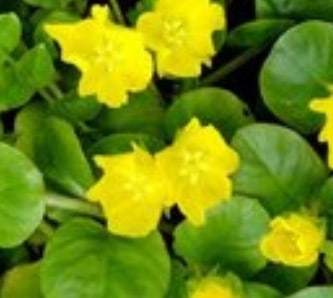 Creeping Jenny (Lysimachia nummularia) – Zones 3a – 8b a groundcover perennial reaching 3” – 4” in height.
Creeping Jenny (Lysimachia nummularia) – Zones 3a – 8b a groundcover perennial reaching 3” – 4” in height.
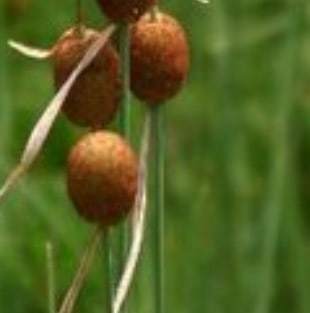 Dwarf Cattail (Typha minima) – Zones 3a – 9b growing up to 18” high.
Dwarf Cattail (Typha minima) – Zones 3a – 9b growing up to 18” high.
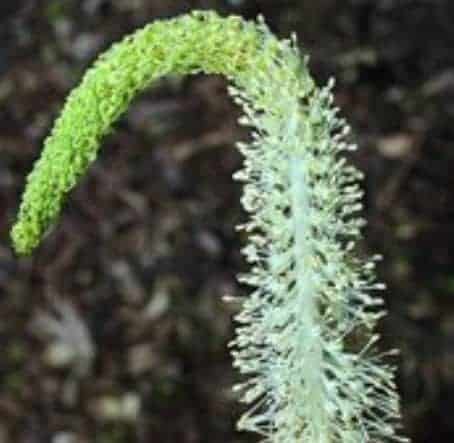 Lizard’s Tail (Saururus cernuus) – Zones 5a – 11 an aquatic perennial reaching 2’ – 4’ in height. Does well in standing water.
Lizard’s Tail (Saururus cernuus) – Zones 5a – 11 an aquatic perennial reaching 2’ – 4’ in height. Does well in standing water.
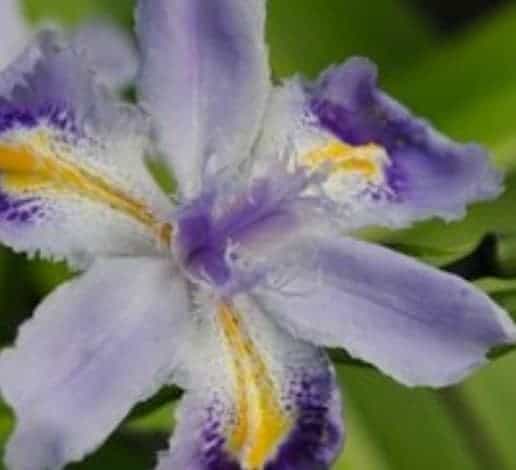 Japanese Iris (Iris japonica) – Zones 7a – 10b plant as a bulb growing to a height of 10” – 12”
Japanese Iris (Iris japonica) – Zones 7a – 10b plant as a bulb growing to a height of 10” – 12”
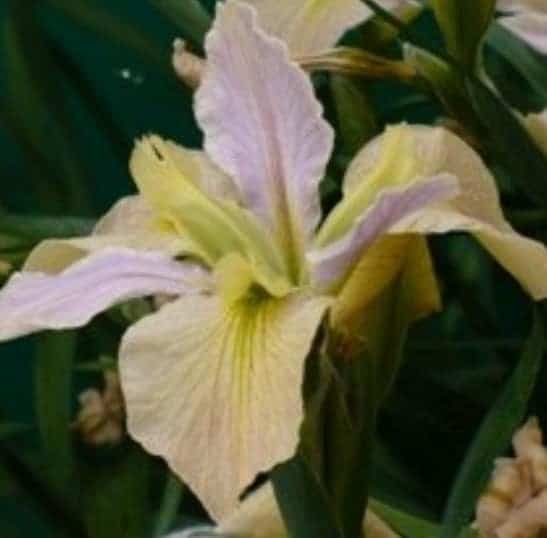 Louisiana Iris (Iris Louisiana hybrid) – Zones 6a – 9b A tall iris growing anywhere from 18” – 60”
Louisiana Iris (Iris Louisiana hybrid) – Zones 6a – 9b A tall iris growing anywhere from 18” – 60”
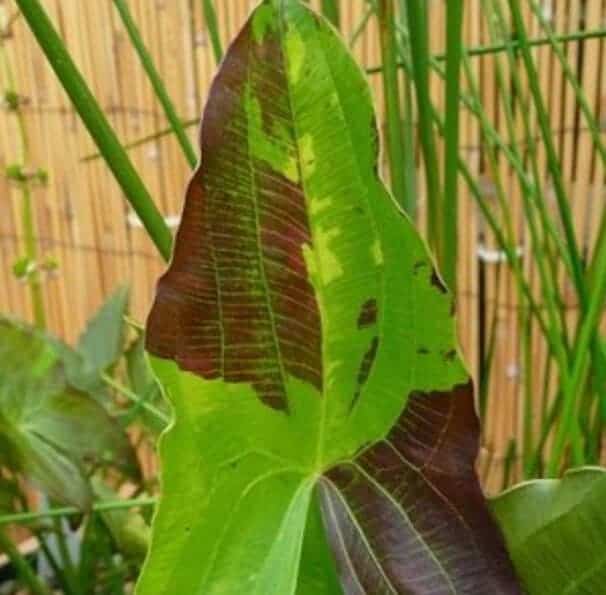 Red Stemmed Sagittaria (Sagittaria australis) – Zones 6a – 11 beautiful foliage growing 1’ – 3’ high.
Red Stemmed Sagittaria (Sagittaria australis) – Zones 6a – 11 beautiful foliage growing 1’ – 3’ high.
 Ribbon Grass (Aspidistra minutiflora) – Zones 8a – 10b perennial grass reaching a height of 24” – 32”
Ribbon Grass (Aspidistra minutiflora) – Zones 8a – 10b perennial grass reaching a height of 24” – 32”
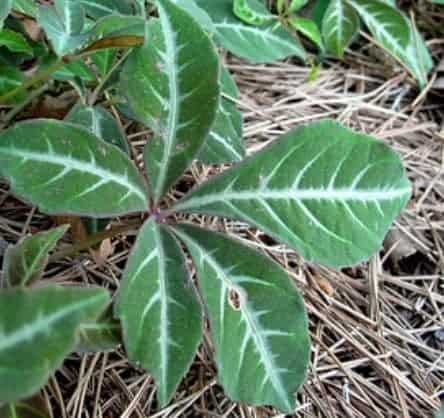 Ruby Creeper (Parthenocissus henryana) – Zones 6a – 9b This is a vine that reaches a height of 15’ – 20’ and expands to a width of 15’
Ruby Creeper (Parthenocissus henryana) – Zones 6a – 9b This is a vine that reaches a height of 15’ – 20’ and expands to a width of 15’
Marginal Plants
These are plants would typically be seen growing on the outskirts of a water garden or pond. There is an abundance of these types of plants. Even some bog plants mentioned above would fall into this category. They add color and charm, and attract humming birds, and butterflies. They help to soften the edge and make your water feature feel more natural.
Submerged – Oxygenating Pond Plants
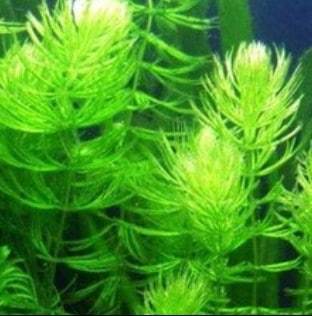 This type of plant is necessary to keep your pond in good condition. These plants provide oxygen for fish and other living creatures within your pond. They also help with natural filtration. Another benefit is they also provide shelter and a place for fish to hide from predators.
This type of plant is necessary to keep your pond in good condition. These plants provide oxygen for fish and other living creatures within your pond. They also help with natural filtration. Another benefit is they also provide shelter and a place for fish to hide from predators.
Hornwort is a great example of a submerged plant that helps oxygenate the water. Throwing a few weighted bundles of these into your pond will help keep fish healthy and thriving. This plant is very common at any pond retailer, or can be purchased online.
Floating Plants
These plants are unusual for the fact that they don’t require soil. They simply leech nutrients directly from the water they are floating in. In general these plants spread rapidly and provide shade from the hot summer sun and protection from predators.
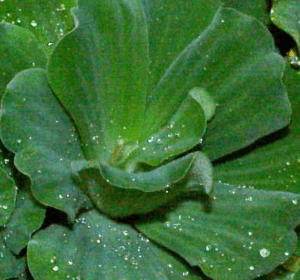 Water lettuce – A perennial in warm climates, however in colder climates it will need to be brought in during the winter. The roots dangle in the water, absorbing nutrients to help reduce algae growth, while at the same time providing oxygen.
Water lettuce – A perennial in warm climates, however in colder climates it will need to be brought in during the winter. The roots dangle in the water, absorbing nutrients to help reduce algae growth, while at the same time providing oxygen.
 Water lilies – This is what most people think of when they think of a pond. There are a multitude of varieties of these. The color of the blooms also varies depending on the type. Water lilies are not exactly a floating plant even though the foliage is above the surface.
Water lilies – This is what most people think of when they think of a pond. There are a multitude of varieties of these. The color of the blooms also varies depending on the type. Water lilies are not exactly a floating plant even though the foliage is above the surface.
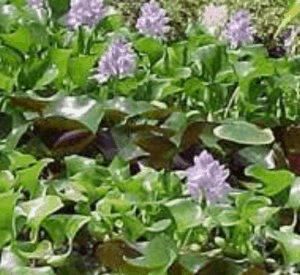 Water hyacinth – These plants have beautiful purple blooms, and dark green foliage. Another great thing about them is how fast they spread. If you live in a cooler climate they will not last through the winter, and will need to be brought inside if you want them to last.
Water hyacinth – These plants have beautiful purple blooms, and dark green foliage. Another great thing about them is how fast they spread. If you live in a cooler climate they will not last through the winter, and will need to be brought inside if you want them to last.
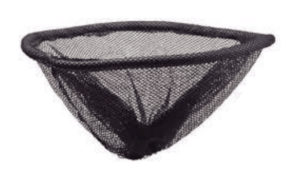 One issue with this type of plant is the fact that they are floating. As a result they could easily get sucked into your skimmer box. To avoid this, use floating pond plant containers (link to amazon). These are nothing more than a floating ring that keeps the individual plants together and makes a large circle of plants. By keeping all the plants together it is too large to be pulled into the skimmer box.
One issue with this type of plant is the fact that they are floating. As a result they could easily get sucked into your skimmer box. To avoid this, use floating pond plant containers (link to amazon). These are nothing more than a floating ring that keeps the individual plants together and makes a large circle of plants. By keeping all the plants together it is too large to be pulled into the skimmer box.
In Conclusion
No matter how you decide to plant in and around your pond, it’s no wonder that pond plants are a necessary part of the landscape. Mother nature is unsurpassed in her ability to provide an efficient system to take care of itself. By providing the right mix of plants you can make your water garden pond virtually maintenance free. Please leave any questions or comments below, and I will get back to you. Thanks for reading, and happy gardening.


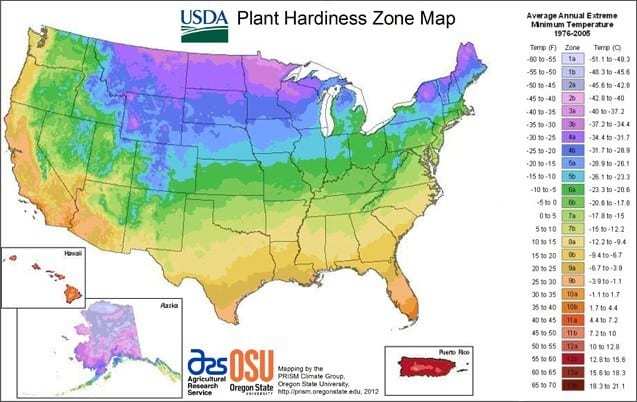

how did you decide on your pond plants, in other words what was most important for you while shopping?
This is where I made a mistake initially, and had an algae problem. At least forty percent of the surface of your pond should be covered by plants. This helps in controlling algae, and for shade from the hot sun. That’s what I would make my first priority when shopping for plants is ones like water hyacinth that cover the surface.